23 August 1778 Sunday
. . . . . .
Artifacts of the Bianconi vs Piranesi 'Circus of Caracalla' affair 1772-1789
20 January 1772 PÔris receives a plan of the Baths of Diocletian from Ballerini.
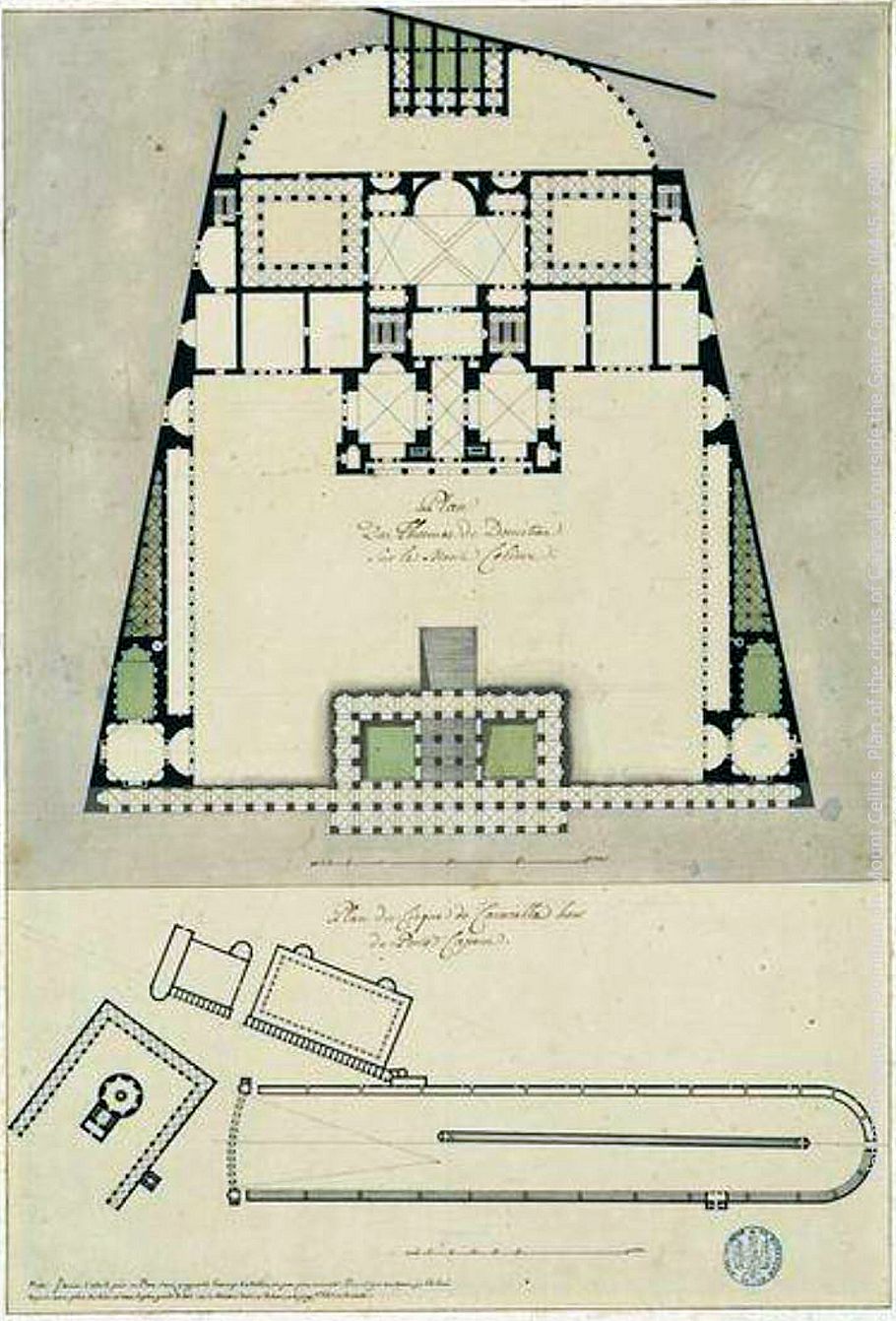
"In his "Architectural Studies" there is a plan of the "Circus of Caracalla" with this commentary in the "Table" of vol. I: "That [the plan] of the Circus of Caracalla, which is below [the "Baths of Domitian"], was loaned to me also as I give it; but since, having had the opportunity to lift what remains of it myself, I made a more exact plan of it, and I added all the details that we can have today; they will be found at the end of this collection". ... Which plan of the "Circus of Caracalla" did PÔris copy then? We are unable to say, the known plans prior to 1772 being all very
inaccurate restored cavalier views dating back to the 16th century. The origin of this plan therefore remains to be traced."
Pierre Pinon, Pierre-Adrien PÔris architecte (1745-1819) ou l'archÚologie malgrÚ soi (doctoral thesis, 1997), p. 65.
Was it Piranesi himself that lent a Circus of Caracalla plan to PÔris? . . . Honestly, who else could it have been?
48 y.o. Francesco Piranesi 1806
Le AntichitÓ della Magna Grecia Parte II
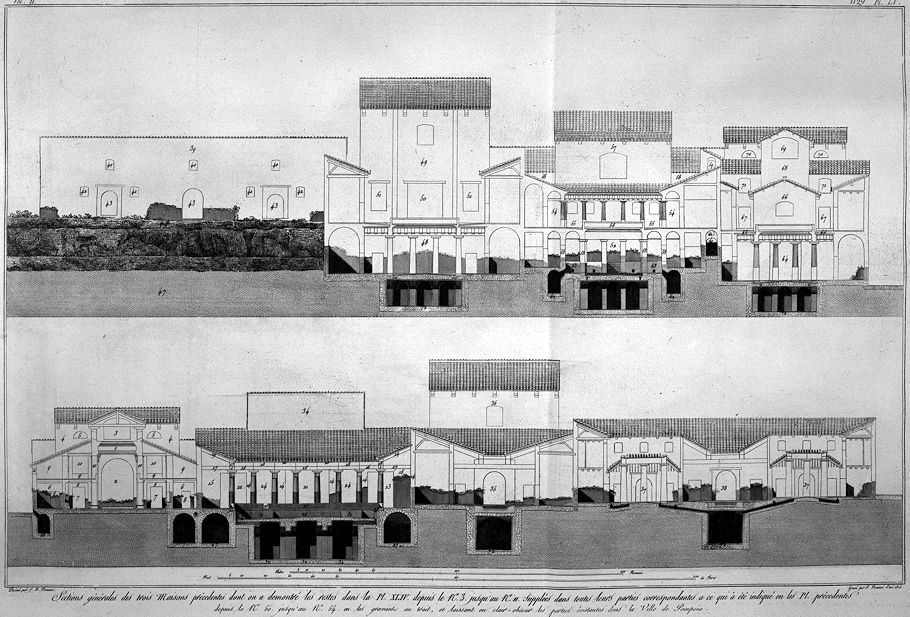
General sections of the three preceding Houses whose remains have been shown in Pl. XLIV. from No. 3. to No. 11. supplemented in all their parts corresponding to what has been indicated in the preceding Pl. from No. 50. to No. 54. by engraving them in line, and leaving in chiaroscuro the existing parts in the City of Pompeii.
Drawn by G.B. Piranesi
Engraved by F. Piranesi Year 1806
23 August 1812 Sunday
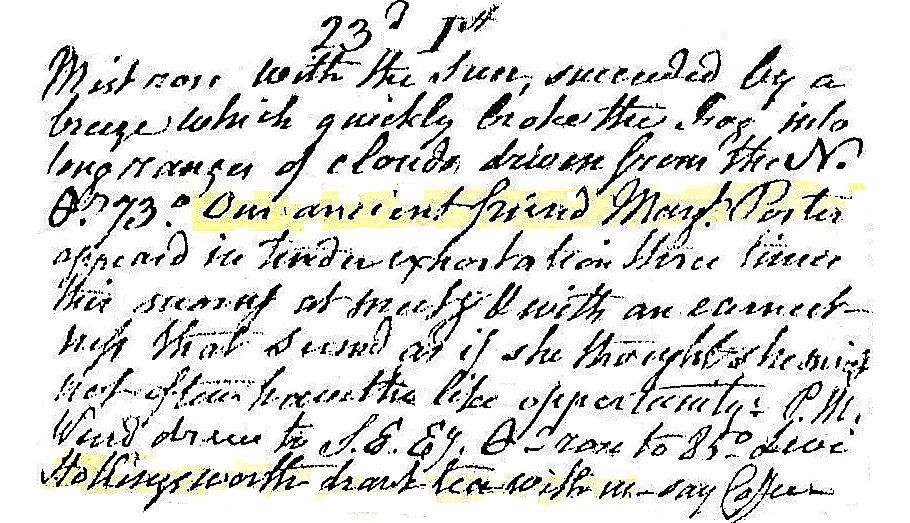
Mist rose with the sun, succeeded by a breeze which quickly broke the fog into long ranges of clouds driven from the N. Temperature 73░. Our ancient friend Margaret Porter appeared in tender exhortation three times this ......[?] at Meeting, and with an earnestness that seemed as if she thought she might not often have the like opportunity. PM wind drew to SE easterly, temperature rose to 85░. Levi Hollingsworth drank tea with us--say coffee.
23 August 1977
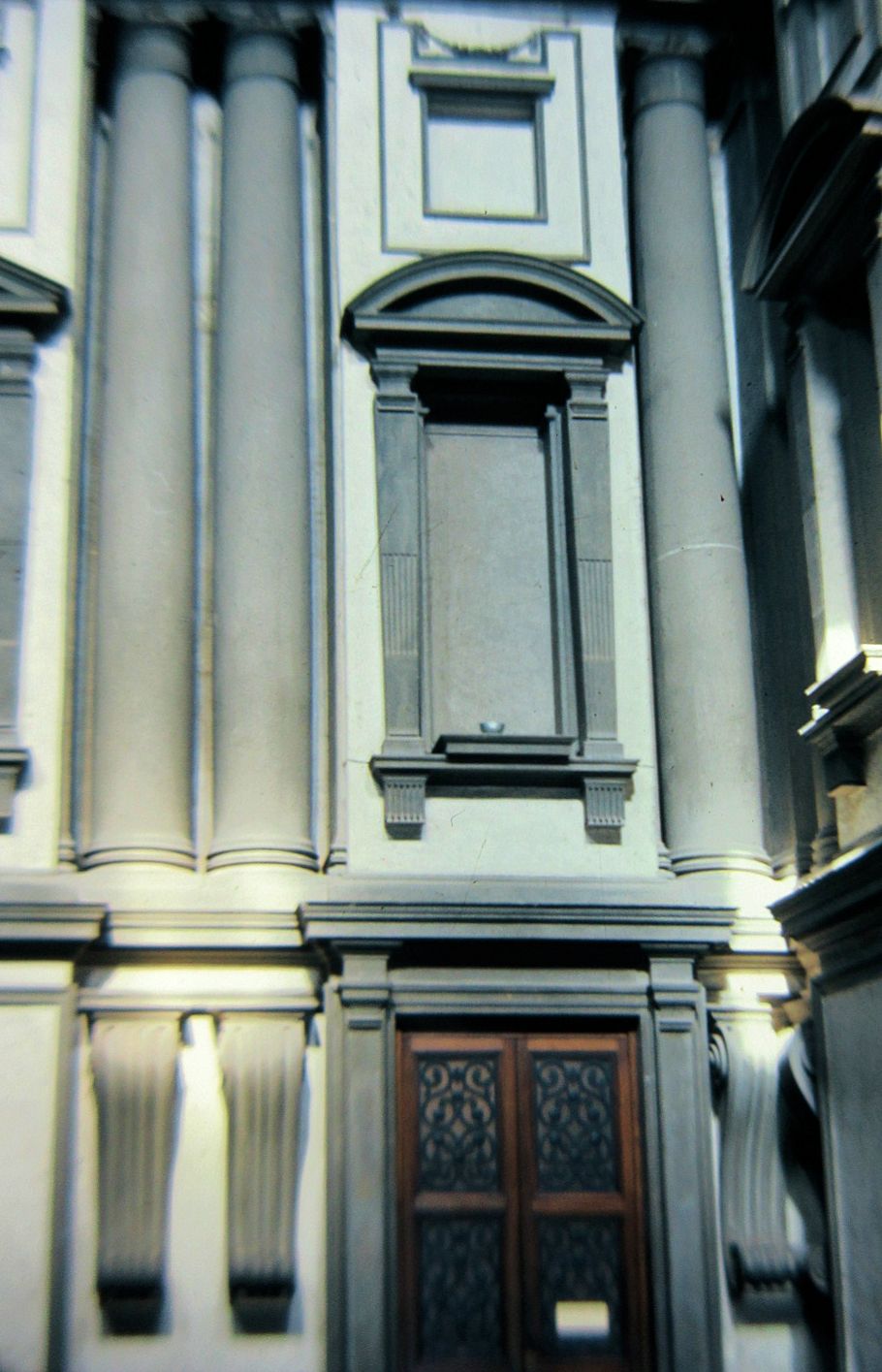
23 August 1997
notes from the Pictorial Dictionary
Earnest Nash, Pictorial Dictionary of Ancient Rome (New York: Fredrick A. Praeger, 1961).
1. Temple of Apollo, just north of the Theater of Marcellus, 433-31 B.C., 3 columns reconstructed in 1940.
2. Aqua Virgo is the aqueduct that emerges from the slope of the Pinican Hill, crosses the Via Lati, and continued toward the Baths of Agrippa.
3. Ara Ditis Patris et Proserpinae, see Lanciani FUR.
4. Ara Pacis Augustae, not yet found on the Ichnographia.
5. Arco di Portogallo, on the Corso, removed in 1662 by Pope Alexander VII, not attributed and not in the Ichnographia, should be near the Meridian.
6. Arcus Claudii, held up the Aqua Virgo, moved from the aqueduct in the Ichnographia.
7. Arcus AD Isis, not in the Ichnographia, however in the Forma Urbis and it led to the Temple of Egyptian gods, and there is such a small temple in the Ichnographia next to the Porticus Septajulia and next to the Diribitorium.
8. Arcus Novus, Piranesi interchanges this with the Arcus Claudii.
9. Area Sacra del Largo Argintina, in the Campo Marzio, not in the Ichnographia, unearthed 1926-29.
10. Basilica Neptum, was between the Pantheon and the Porticus Septajulia, Piranesi moves it to the other side of the Corso, it was badly injured in the fire under Titus in 80 AD, it was restored by Hadrian probably in conjunction with the reconstruction of the Pantheon, there is an existing drawing by Palladio and a fantasy reconstruction by Lanciani.
11. Bellona Templum, near the Circus Flamina, is found in the Ichnographia.
12. Circus Flaminium, see copy from the dictionary, it is misorientated in the Ichnographia, and judging from the Forma Urbis fragment, it is not obvious as to its orientation vis a vis the Theater Marcellus.
13. Circus Gia et Neronis, the Vatican Circus, "A funerary inscription in the necropolis under St. Peter's states that the tomb was IN VATICANO AD CIRCUM and proves that the Circus lay close to the necropolis," p. 234.
14. Claudius Divus Templum, see PD text, Forma Urbis shows good Piranesi inspiration.
15.Columna Antonini Pii, in the Ichnographia correctly.
16. Columna Marci Aurelii Antonini, use Plattner's text, in the Ichnographia correctly.
17. "Crypta Balbi," an interesting story here, there is a drawing of the Crypta Balbi by Peruzzi in the Uffizi that Piranesi copied to draw the Porticus Philippi which is in front of the Theater Balbi, and in turn Piranesi labels a long plan to the side of the theater as the Crypta Balbi.
18. Divorium Templum, was discovered from the Forma Urbis in 1903 (Plattner), it is not in the Ichnographia.
19. Forum Holitorium, see Plattner.
20. Hadrianium, there is confusion here, if the dictionary is correct, then it is what Piranesi labels as the temple to Antonini, and Plattner the temple in the piazza next to the dictionary location, and Lanciani seems to totally confuse the issue further.
21. Hercules Musarium, is in the Ichnographia, the Forma Urbis fragment could be Piranesi's inspiration for the Porticus Neroniani.
22. Horra Galbae, this is not in the Campo Marzio, but the Forma Urbis fragment is exactly the plan of Piranesi's Septa Julia. Could this be a case of mistaken identity or of cribbed information?
23. Horti Acilioium, Piranesi ignores this garden and instead elaborates the Horti Luciliani and the Bustum C. Augusti, image from Il Campo Marzio.
24. Horti Sallustiani, the obelisk is in the Ichnographia, I also just noticed the line of the Aurelian Wall dotted in the Ichnographia, also just noticed another cochlearum in the Ichnographia's Horti Salustiani.
25. Templum Ianus (Janus), this is in the Ichnographia, starting point of the Triumphal Way, Piranesi depicts the temple as a combination temple/quadriform.
26. Insula Tiberini.
27. Iseum et Serapeaum, in the Forma Urbis, depicted differently in the Ichnographia, the round Minerva Temple in the Forma Urbis is also in the Ichnographia.
28. Temple Matidia, there is a Basilica Matitia in the Ichnographia which is also around the front of the Pantheon.
29. Mausoleum Augusti, see the dict. text.
30. Mausoleum Hadriani, see the dict. text.
31. Meta Romuli, this is the pyramid that I see as part of the "reality" of the Bustum Hadriani (along with the Circus from the Nolli plan).
32. Minerva Chalcidica, found in the Ichnographia in the approximate correct position.
33. Muri Aureliani, shown as a dotted line in the Ichnographia, and the line is correctly placed.
34. Navalia, the docks are not shown in the Ichnographia, I could propose that Piranesi placed Natation along the river instead.
35. Templum Neptunus, not found in the Ichnographia, should be where the Horti P. Pompey Deim M. Antoni is.
36. Nymphaeum Hortorum Licinianorum, I see this building that inspired Piranesi in designing the Horti Luciliani.
37. Obeliscus August in Campo Marzio, found in the Ichnographia, and in the "proper" position.
38. Obeliscus Hortum Sallustianorum, found in the Ichnographia, but it is positioned in the polar opposite position. Is Piranesi playing some kind of weird mirror game? (because he seems to occasionally do the same type of inversion with other buildings/remains, e.g., the Templum Metidia and the Circus Flaminia)
39. Obeliscus Isei Campansis - di Dogali, Piranesi any obelisk in relation to the Temple of Isis/Sep., however he does depict many small obelisks in the Stagnum Agrippa which is precisely where many of the small obelisks were found. A number of the obelisks were excavated before Piranesi's time, therefore he probably knew of the source area.
40. Obelisci Mausolei Augusti, there are two obelisks on either side of Augustine's tomb in the Ichnographia, not in front of, however.
41. Obeliscus Mediceres, more from the Templum Isis.
42. Obeliscus Vaticanus, (story of the bouncing ball), the obelisk is not called out in the Ichnographia.
43. Pantheon, see dict. text.
44. Pons Aelius, depicted in the Ichnographia.
45. Pons Agrippae, there is only one bridge in the Ichnographia where there should be two. I can't make out the name that Piranesi gave to the bridge.
46. Pons Cestius, called Fabricius in the Ichnographia.
47. Pons Fabriuius, another example of the inversion "game" that Piranesi seems to occasionally play.
48. Pons Neronianus, should be where the scoop Natation is in the Ichnographia.
49. Porta Flaminia, not found in the Ichnographia, it is now the gate at the Piazza del Popolo.
50. Porta Pinciani, it is noted along the dotted line of the Aurelian Wall in the Ichnographia.
51. Porticus Aemlia, this is the Forma Urbis plan formation that Piranesi copies for his design of the Septa Julia.
52. Porticus Octaviae, placed correctly in the Ichnographia.
53. Saepta Julia et Diribitorium, see the dict. text.
54. Sepulcrum P. Aelii guttae Calpurniani, not yet found in the Ichnographia.
55. Sepulcrum A. Hirtii, yet to be found in the Ichnographia.
56. Stadium Domitiani, Piranesi gives this name to one of the twin circuses in the Bustum Hadriani instead of to its proper location, which is the current Piazza Navona.
57. Theatrum Balbi, image from the Forma Urbis.
58. Theatrum Marcelli, image from the Forma Urbis.
59. Theatrum Pompei, image from the Forma Urbis.
60. Thermae Agrippae, see the dict. text.
61. Thermae Neronianae, is depicted in the Ichnographia.
62. Ustrina Antoninorium, not depicted in the Ichnographia.
23 August 2003
Re: calendars of space, time, place
Of late, I more see (my 'brand' of) "calendrical coincidence" like a somewhat large mnemonic structure/house comprised of 365.25 rooms, one 'room' for each full planetary spin as the planet itself makes one full rotation around the sun. Many different 'events' get sorted into these individual rooms based first on the day, and then second by the year--historical events, saints days, Holy and Holidays, personal events, etc. I'm realizing it is interesting to "remember" history in this manner, where, instead of 'analyzing' events by decade or quarter or half century, for example, analysis is done by a specific day or days cutting through all solar years.
23 August 2015
We're suckers for any architecture that looks like us
Over the history of classical architecture, from antiquity to the present day, a prevailing theme and rationale for the language has been IMITATION, either explicit or implied. This is not accidental, but has been part of the written philosophy of classical architecture since antiquity.
We're suckers for any architecture that looks like us
And imitation is the prevailing theme and rationale of the language. Anthropomorphism is not a prevailing theme or rationale of the language, nor as extensive throughout the language (as you believe it to be).
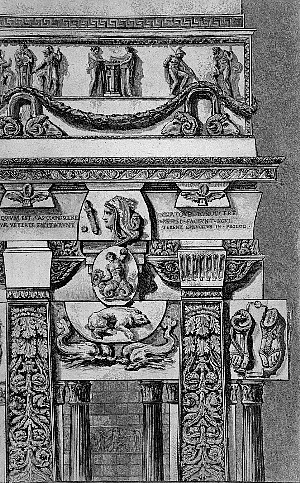 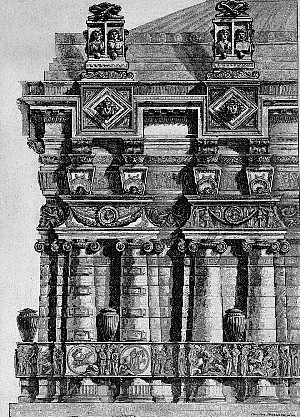 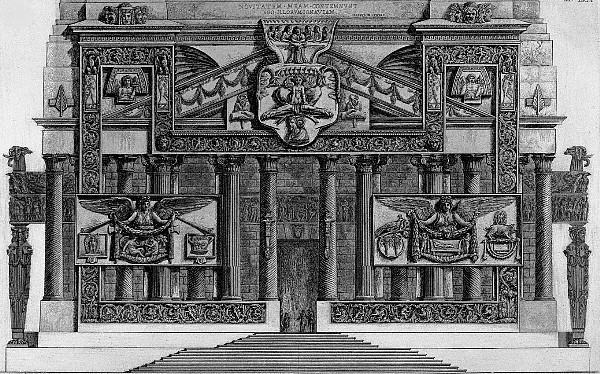
Personally, I'd like to see 21st century classical architecture proceed from Piranesi's (1765) theme and rationale of classical architecture imitating classical architecture with a strong collagist sensibility.
23 August 2017
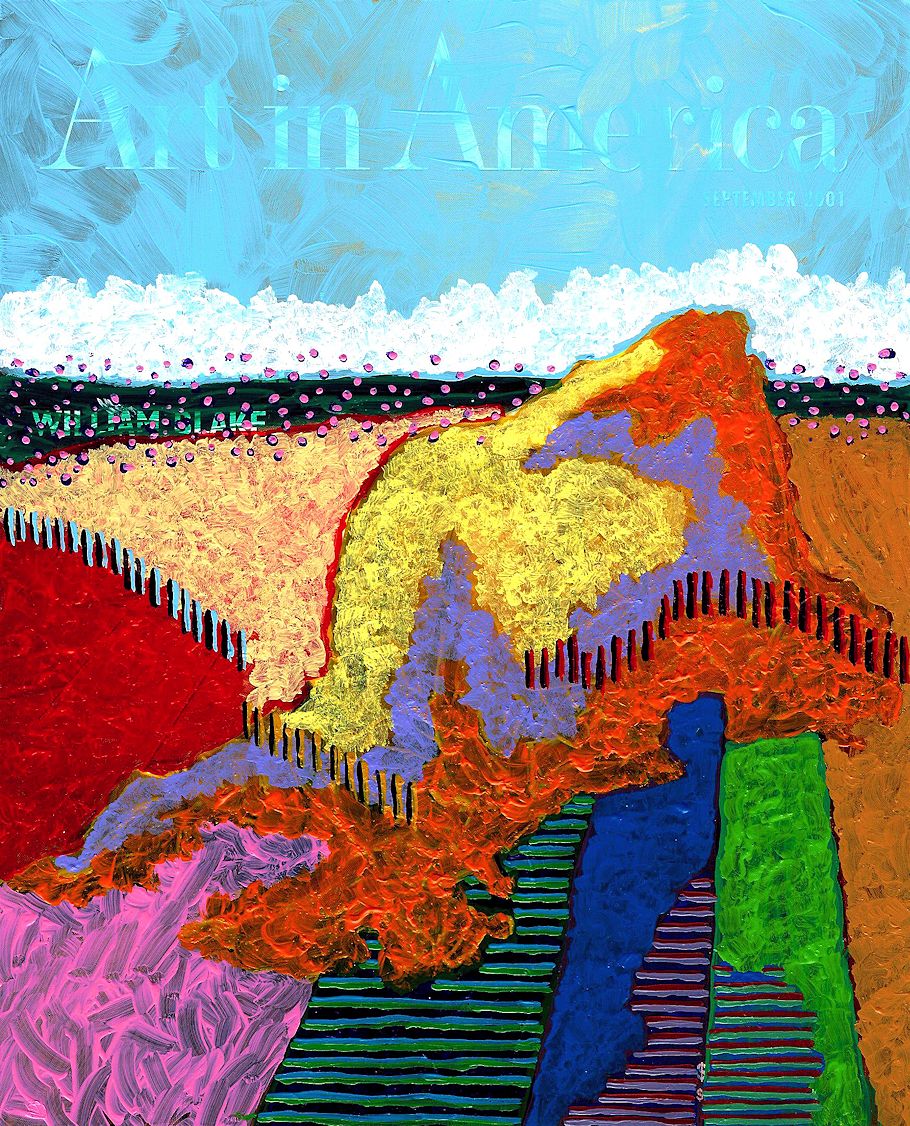
zero seven four
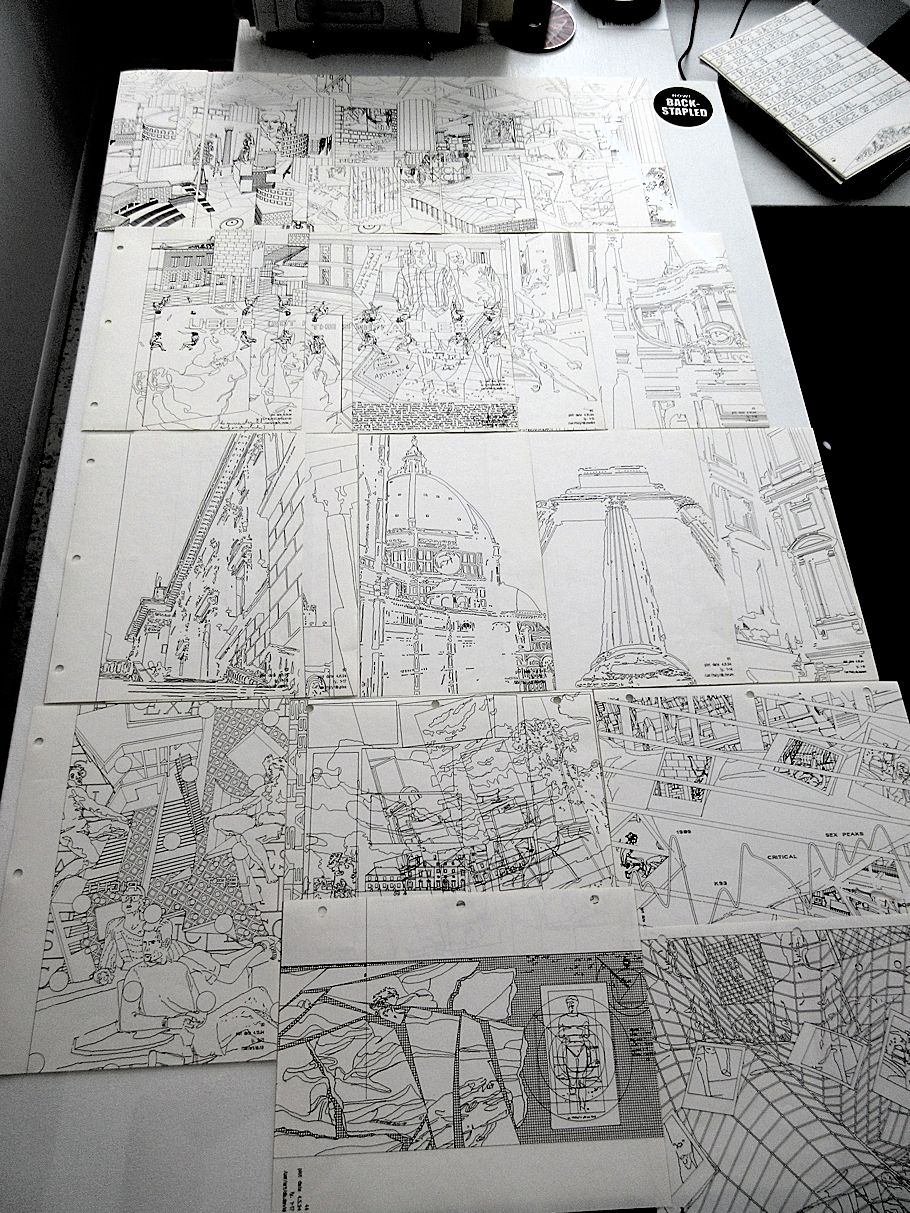
23 August 2022
Received a September 2007 issue of Apollo: The International Magazine for Collectors in the mail. I successfully bid on this item at ebay.com 8 August 2022 after finding out online that it contained a color reproduction of a sketch by Piranesi dated 12 May 1778.
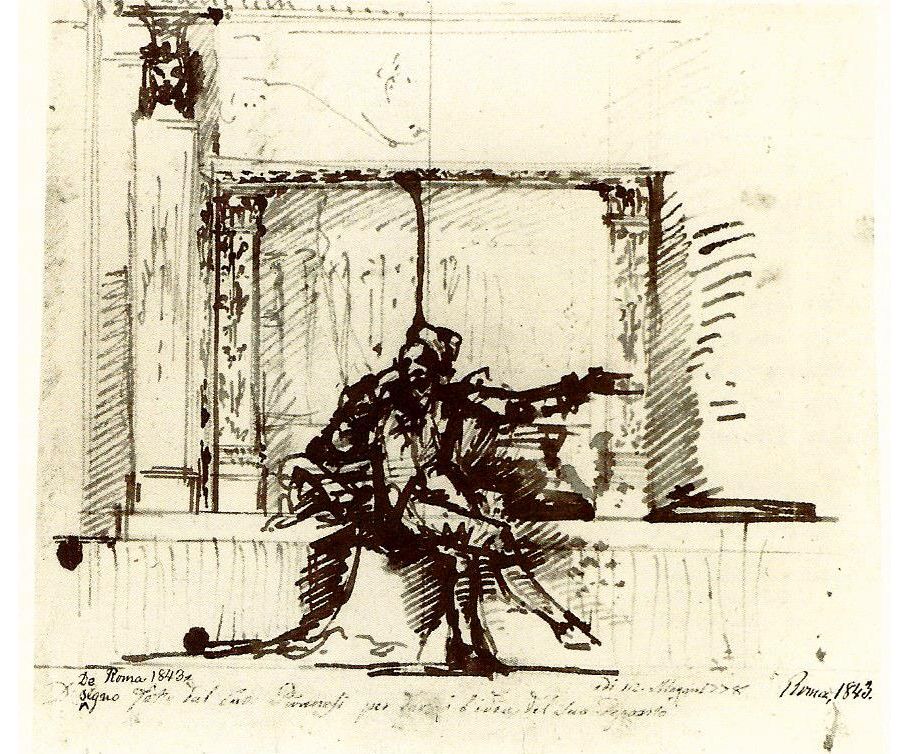
Piranesi's study for his own tomb is in the Charles J.M. Eaton Collection, the Peabody Institute of the Johns Hopkins University on loan to the Baltimore Museum of Art, BMA R. 11826.114. Inscribed: 'di 12 maggio 1778/ Disegno fatto dal Cav. Piranesi per darvi l'idea del suo Deposito'. In a later hand is added Rome 1843'.
Among the antiquities illustrated in Vasi, candelabri, cippi he included the candelabrum which, as he explained in the descriptive text, he intended to have erected over his tomb. In May 1778 he [Piranesi] sent a letter to a friend enclosing a sketch of some idiosyncratic ideas for his own funeral monument, a relief of himself stretched at uncharacteristic ease against a background that resembles one of his fireplaces. His worries were not so much about his own death but the survival of his business while his children were young. Would Francesco be able to cope when he was gone?28
28. Legrand says that 'he was always afraid that the youth of his son would prevent the continuity of the order established in his workshops in which many draughtsmen and engravers worked under his immediate direction, each one carrying out the task he has been given, but Piranesi always kept the difficult parts himself and maintained the overall control'.
Jonathan Scott, Piranesi (London: Academy Editions, 1975), pp. 250-1 and 318.
On his return to Rome he appeared to have sent a letter to a friend on 12 May 1778 enclosing a rapid sketch of ideas for his tomb which tantalizingly throws no light on the role of the candelabrum. This shows the artist in the guise of one of his gesticulating figures from the later plates of the Veduti di Roma, seated on a stone parapet in front of a classical wall with two orders of pilasters. It is possible that by now Piranesi was sadly aware that his tomb would be housed not in the Angeli but in the more restricted space of his local parish church, San Andrea dela Fratte, where he was interred after his death 9 November 1778.
John Wilton-Ely, "The Ultimate Act of Fantasia: Piranesi's Funerary Candelabrum" in Apollo: The International Magazine for Collectors (September 2007), 45.
On 12 May 1778 Piranesi signed and dated a drawing "made by cav. Piranesi to give you the idea of his remains": still a thought of death, even if dropped into a mocking reality this time, reworking a previous sheet with the study for a fireplace, to which the rapid sketch of a self-portrait in elegant, superficial, melancholy pose. In recent months in his diary Giannantonio Selva, who arrived in Rome in April, remembers Piranesi fully immersed in the artistic and social life of the city: "On June 22nd, H.E. Ambassador Zuliani an amiable knight and a great lover of Fine Arts; he welcomed me very kindly, and very often wanted me to have lunch with him. He had an artists' lunch every Sunday and Volpato, Angelini, Piranesi, Lodovico, sometimes Battoni, the director of the French Academy, Cades, intervened, and when he arrived in Rome, the Mr. Novelli, and various other artists." Again, on 11 October Piranesi participates in a meeting of the Academy of S. Luca.
Mario Bevilacqua, "Piranesi 1778. Ricerche interrotte, opere perdute" in V. Cazzato, S. Roberto, M. Bevilacqua (a cura di), Il teatro delle arti. Saggi in onore di Marcello Fagiolo per 50 anni di studi, II, Roma, Gangemi 2014, p. 792.
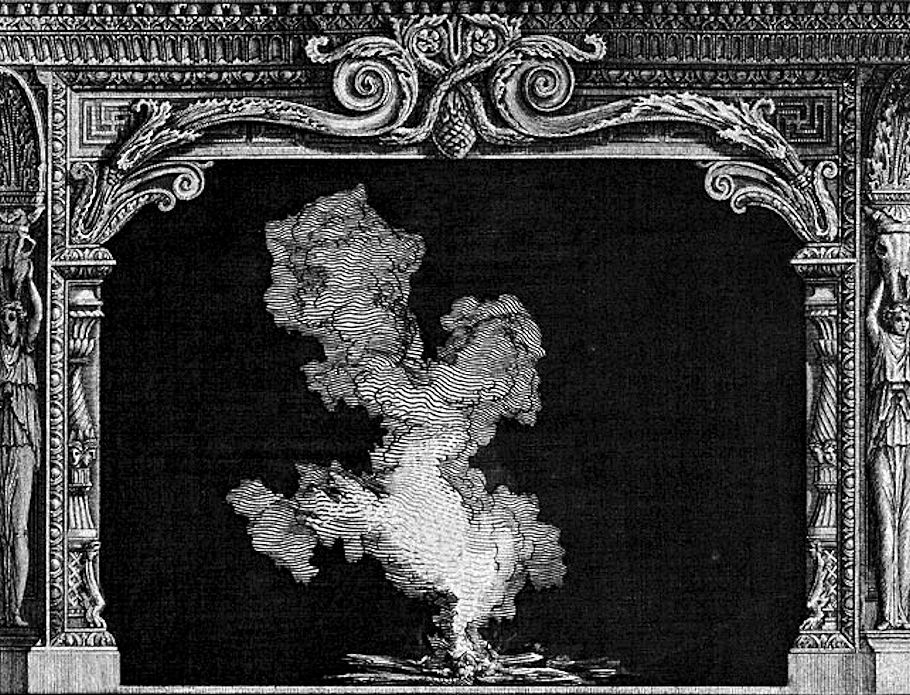
Piranesi going up in smoke, the ancient Roman way.
23 August 2023 Wednesday
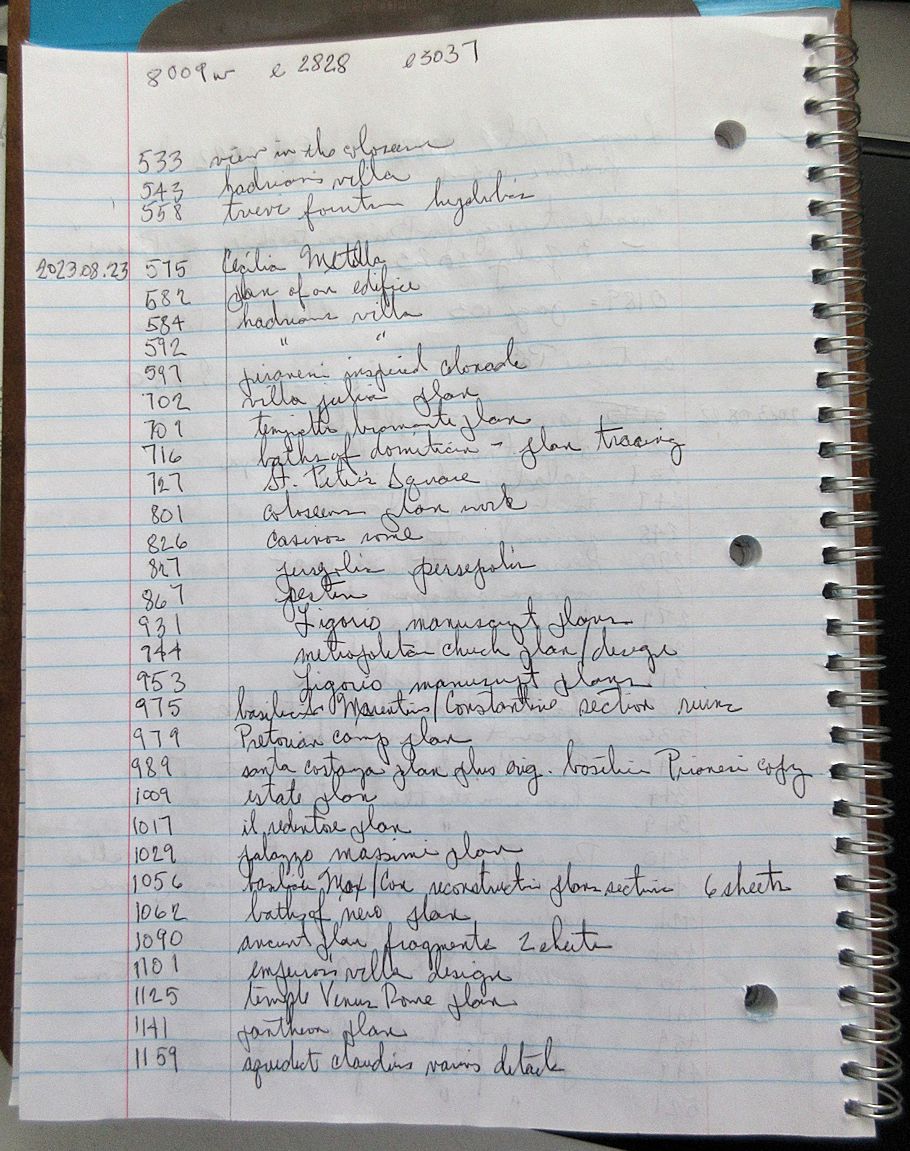
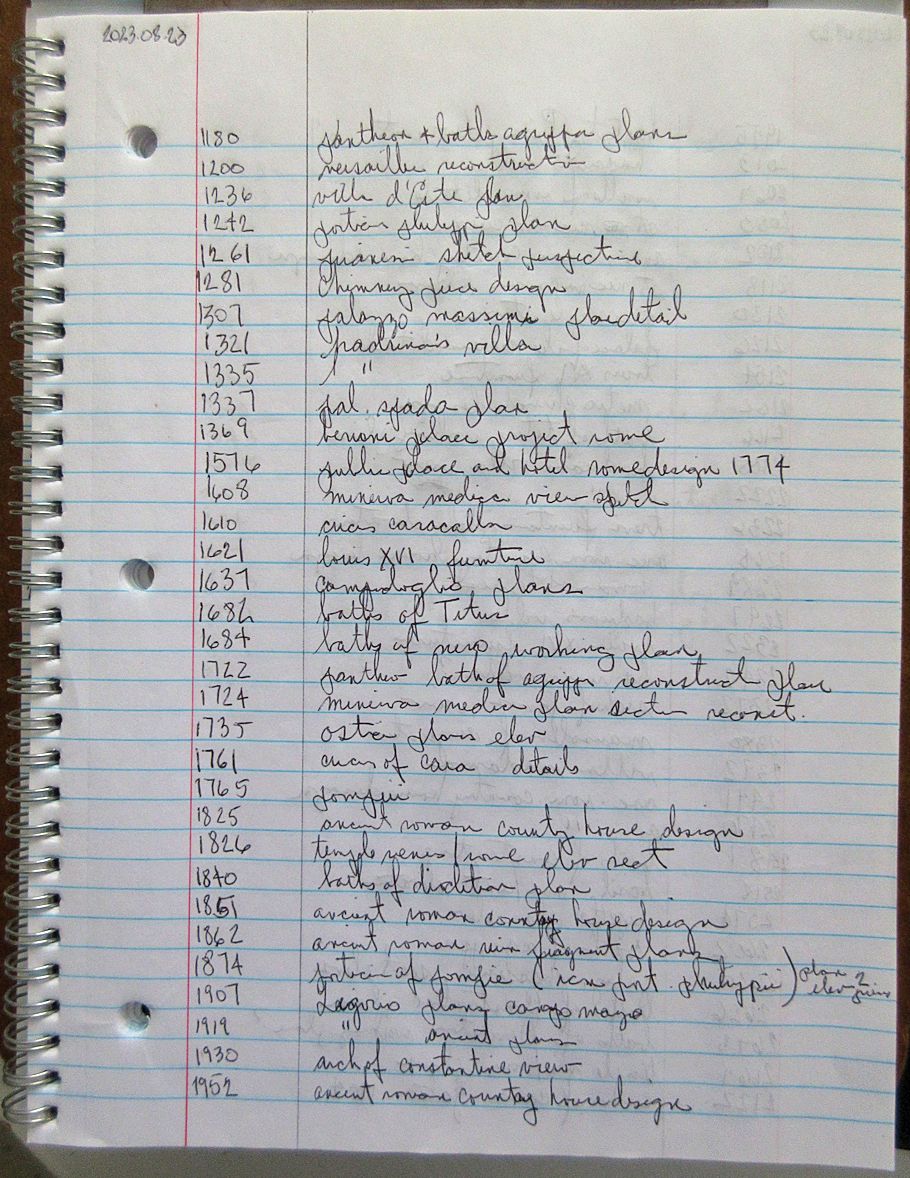
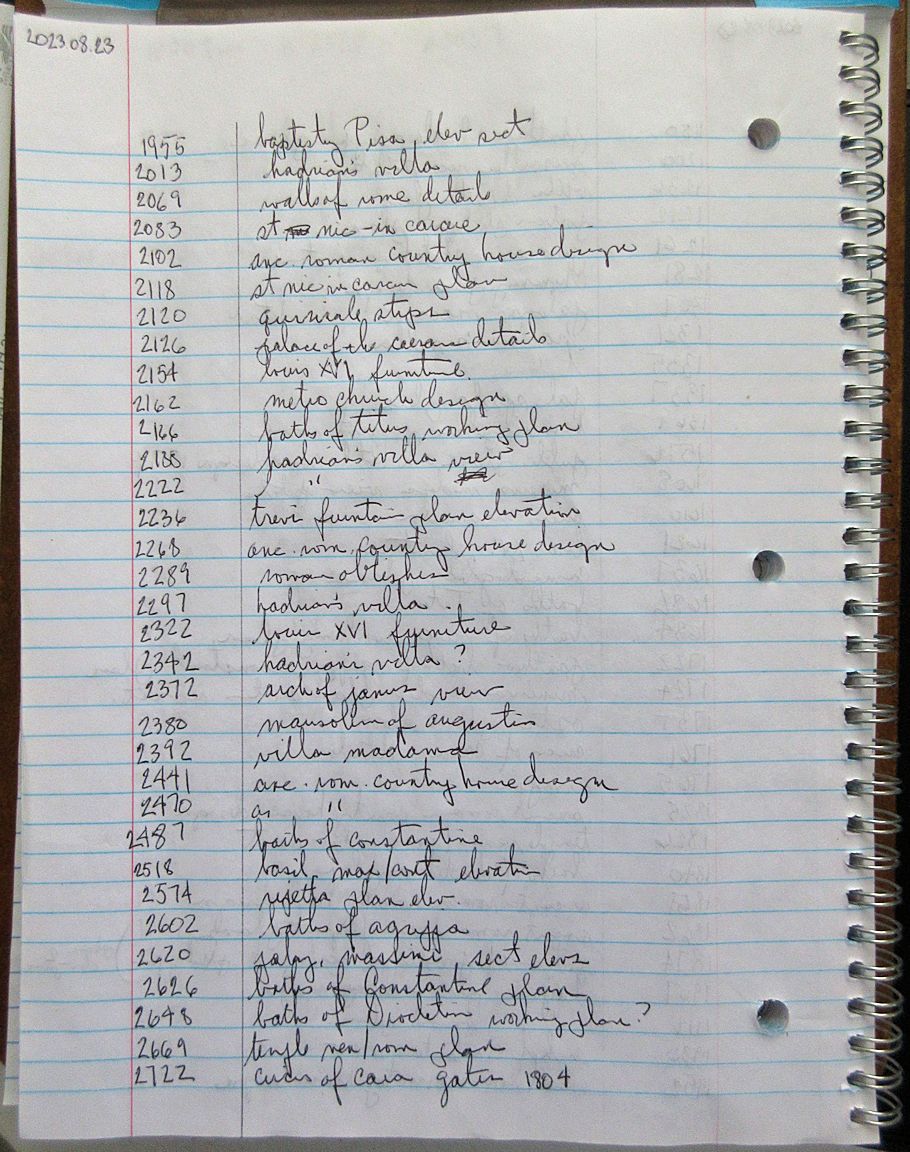
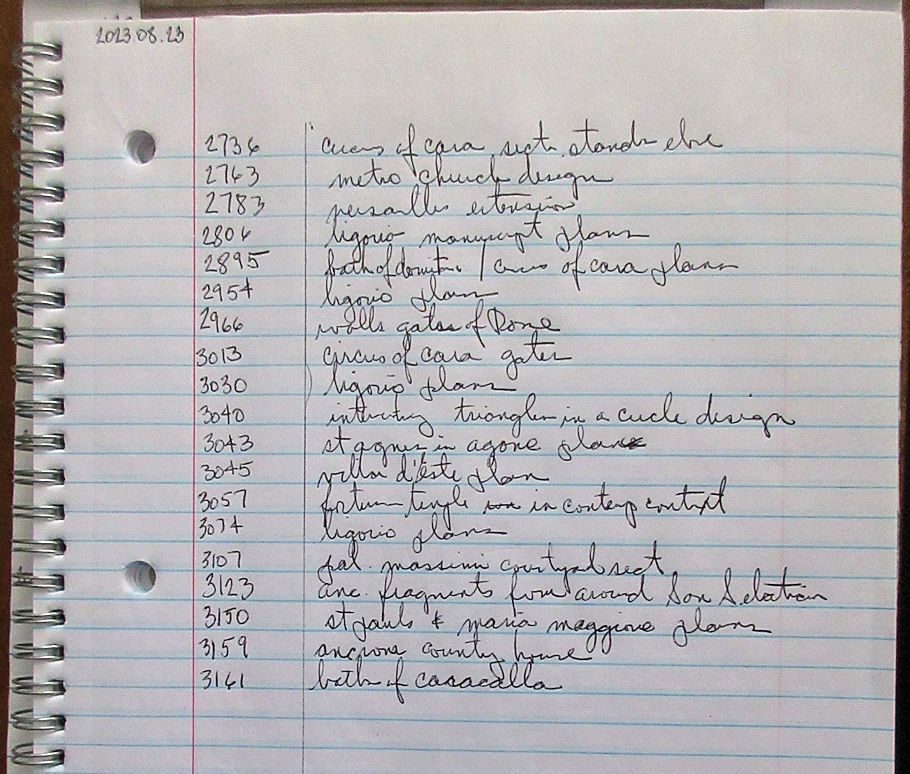
I get the feeling that by compiling PÔris's drawings of ancient Roman architecture, I might also get a glimpse into how PÔris taught Louis-Alexandre and Francesco architecture.
|